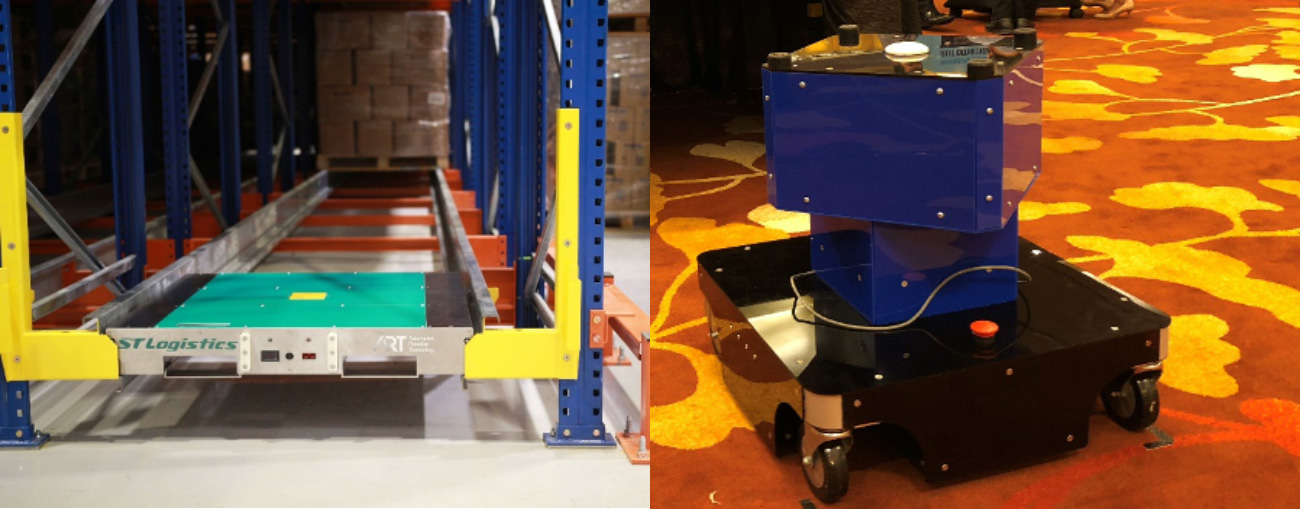
Intellectual Property in the Innovation Economy
The future economy will be knowledge-intensive and reliant on intangible assets. Managing these intangible assets, including Intellectual Property (IP), has become critical for companies seeking a sustainable competitive advantage.
Innovation and the Future Economy
In the last four decades, enterprise and economic value have shifted to intangible assets, a change that is well illustrated by Ocean Tomo LLC’s Intangible Assets Market Value study. In its 2020 interim update, the IP merchant bank reported that intangible assets now account for over 90 per cent of the total market value of S&P 500 companies, an increase from just 17 per cent in 1975¹.
Against a backdrop of sluggish global economic growth and world trade following the 2008-2009 global financial crisis, businesses globally have begun to recognise IP as an increasingly important strategic asset. In 2019, the World IP Organisation (WIPO) reported that global IP filings had climbed to record heights for the ninth consecutive year, with both patents and trademark applications increasing in numbers. The compounded annual growth rate of all types of registerable IP filings (patents, trademarks, registered designs, plant varieties) remained robust from 2010-2018 at 11.25 per cent.

Source: WIPO Statistics Database, August 2019.
The importance of IP literacy
Far from being solely a legal or technical matter, IP forms an integral and crucial part of the business innovation cycle. It represents the creations of the human mind, such as inventions, literary and artistic works and designs. Therefore, when a business develops its own technologies, content, or even a logo, it already creates IP. Knowing what IP you have and how to protect it is central to securing future value from your IP assets.
Consider NanoFilm, the nanotechnology solutions company that broke records this year with its initial listing on the Singapore Exchange. A massive 106.5 million shares changed hands, with shares closing 12.4 per cent higher at S$2.91 compared to its initial public offering (IPO) price of S$2.59. A key driver of NanoFilm’s business and value is its well-managed international portfolio of patents, trademarks and other IPs.
The success of NanoFilm builds on the understanding of how IP can be valued and commercialised, and protected from misappropriation. NanoFilm, as a leader in its field, recognises the importance of building an organisational culture where its employees continuously strengthen their IP literacy skills. For example, its employees have recently attended an online course on IP Essentials for Business organised by the IP Academy to acquire new and relevant skills in IP strategy and management.
Getting WISE about IP
As businesses move towards leveraging IP as a strategic asset, the Intellectual Property Office of Singapore (IPOS) has launched various initiatives to nurture an attractive business environment and an IP-competent workforce. One such initiative is the Workforce for IP-Savvy Enterprises (WISE) programme, developed in partnership with the Singapore Business Federation (SBF). To date, the programme has assisted Singapore-based enterprises in various sectors, including education, information and communications, as well as manufacturing, in building and scaling up their IP capabilities.
Cyclect, an engineering and construction solutions provider driven by innovation and sustainability, was one of the companies participated in the pilot programme. Michael Khong, head of the Automatic Robotics Technologies department, attended a course on IP fundamentals with his team as part of the WISE programme. Covering the four main IP categories – copyrights, trademarks, registered designs and patents – the course allowed Khong and his team to see how IP is involved at every stage of the innovation cycle, from research to monetisation opportunities. Khong noted that the programme enabled his research colleague to better strategise his work around IP considerations. He said, “Whenever we do something new now, he will ask if we have filed a patent on the product that we are going to sell, and if we have not done so, whether this would affect subsequent patent applications. This thought process is crucial to us as a company, especially when it is about our IP assets in consideration.”

LINQ SWIFT (left) and Dancing Tables (right). Photos provided by Cyclect
While the company has had to adjust its strategy in response to the economic headwinds caused by the COVID-19 pandemic, IP remains a key consideration in its decision-making processes. For example, Khong makes use of the Skills Framework for IP to draft job descriptions for his department, ensuring that applicants are aware of the key IP skills and competencies needed to perform the role well. The company also leverages its existing IP to support its strategic goals. “We plan to keep our Singapore patents for now, as they are easier and cheaper to maintain,” he said. The company further seeks to leverage forthcoming patent filings to attract capital investment.
Conclusion
As IP increasingly becoming a key driver of business value in the future economy, it is essential for companies to start building IP capabilities and an IP-savvy workforce to support their innovation journey. WISE has made it possible for companies, such as Cyclect, to become more sensitive to IP in their daily operations and to build competence around IP management.
With its pilot phase completed, the WISE programme will be further enhanced for subsequent intakes. Companies interested in finding out more may reach out to IPOS or SBF.
¹ Ocean Tomo (2020). “Intangible Asset Market Value Study—Interim Update, 2020”.



















